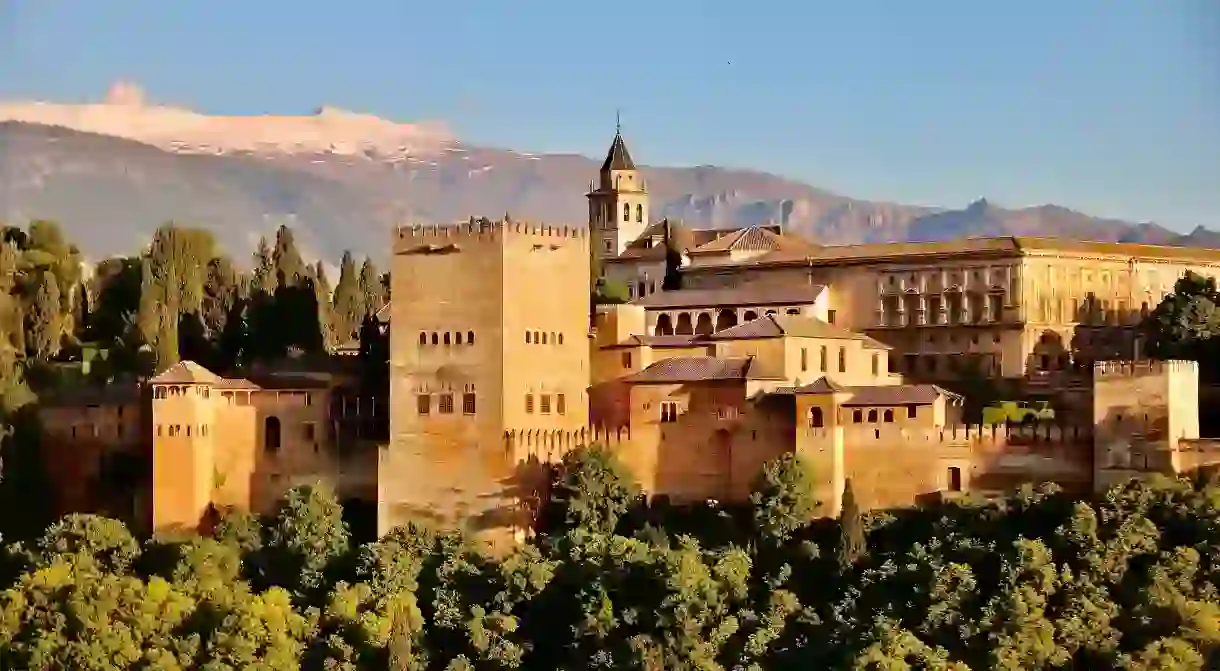The Best Things To See and Do in Cartagena, Spain

Cartagena is a history buff’s dream. Situated in the southeastern corner of Spain, in the province of Murcia, the town may be relatively small, but it is home to 12 museums, 10 buildings of interest, four churches and many monuments. Cartagena also has one of the most fascinating histories in all of Spain, being inhabited by a number of great civilisations and cultures
Planning a trip to Cartagena? Be sure to book ahead for and experience an unforgettable trip.
Marvel at the Roman Theatre
Built between the fifth and first centuries BC, Cartagena’s theatre is a perfect example of Roman architecture. The theatre remained hidden for many centuries and was eventually rediscovered and restored. The museum is split into two parts – the first housing archaeological items found at the theatre and detailing the restoration project, and the second a guided tour of the site itself.
Book onto one of these top-rated tours of the Roman Theatre to make the most out of your trip.

Visit the Palacio Consistorial
One of the most picturesque buildings in the city, the Palacio Consistorial was built between 1900 and 1907 and was inspired by French architecture. Its facade is made from marble from Macael, the famous quarry in Almería, and it also has decorative elements such as stained-glass windows. Guided tours allow visitors to see inside the palace, which is filled with ornate rooms and a magnificent staircase.
Learn about the city’s history at the Archaeological Museum
The Archaeological Museum is built around the site of a necropolis, which was used for around 400 years from the seventh to the third century BC. It traces the history of the city, displaying prehistoric tools, Bronze Age pottery and Greek ceramics. The museum also details the 2,000-year history of the various civilizations who have colonized Cartagena, from the Carthaginians; to the Romans, who introduced Christianity to the city; the Vandals; the Visigoths; the Byzantines; the Muslim Moors; and the Christians, who won reclaimed control in the 13th century.

Explore the Castillo de la Concepción
Offering one of the best views over the city, Castillo de la Concepción sits at the highest point of Cartagena. It was built on the site of a Roman temple, which was later turned into a Moorish fortification under Muslim rule in the 12th century. Eventually, this was replaced too, after the Christian reconquest of Spain, and it was turned into a medieval fortress. The castle was in use right up until the time of the Spanish Civil War as a lookout for bombs. Ride up on the panoramic glass lift and spend your time strolling around the gardens and learning about the history of the city at the Centro de Interpretación de la Historia de Cartagena.
Look around the Military Museum
Located inside the city’s Artillery Park, the Military Museum is home to one of the largest collections of artillery in Spain. Housed in a historic building dating back to the 18th century and built by Carlos III, it’s characterized by arched vaults and stone pillars. Inside, exhibits detail the history of artillery through displays of models, documents, weapons, uniforms, paintings and drawings. Tours take visitors through a cannon room, an ammunition room and an aircraft artillery room.

Discover the Naval Museum
The town’s Naval Museum displays exhibits on everything from boat construction to naval health, uniforms, art and sailor life. It also has one room housing the famous Isaac Peral Submarine. Built-in the 19th century by inventor Isaac Peral, it was the first to be electronically powered and incorporate torpedo weaponry. The building where the museum is housed is also of notable interest, having won architectural awards for seamlessly fusing together the old styles of the original 18th-century prison with the navy training centre of the 20th century and modern-day 21st-century design.
Spend the afternoon at Cala Cortina
After all those museums, you’ll be ready for some relaxation, and where better than the beach? The town’s only beach, Cala Cortina, lies four kilometres (two metres) from the town centre. A lovely, wide sweep of sand, the beach offers facilities such as bars, restaurants, toilets, kids’ play areas and a picnic area.













